The new year brings new challenges and opportunities as we attempt to whip our HR and recruiting functions into shape. One of the new projects we’re working on at Lighthouse is our Global Talent Acquisition Sentiment Study. With more than 400 votes, we are helping to narrow down the most pressing priorities and topics across the talent acquisition function. The infographic below offers some insight into what those priorities are, and my forthcoming report on the topic will delve into how the data shows differences in US and non-US populations, what trends are driving the relative importance of each of these issues, and what to expect in the coming months.
I’m also delivering a presentation on this topic in March and would be glad to share these insights with your group in a lecture, workshop, or webinar. Just reach out via my speaker page and we can discuss.Â
Below are some of the noteworthy findings.
Key Priorities are Not Function-Related
Some of the key priorities in the study that came out on top were focused not on specific practices in recruiting, but on more broad aspects, such as process improvement and business alignment. This is a positive finding, because all too often when I’m working with clients I see that they have a great onboarding or branding program, only to find out that it’s working in opposition to their goals and business strategies.
Onboarding, Sourcing, Candidate Experience Top the List
It consistently surprises me when I see a group of talent leaders prioritize onboarding. Not because it is unimportant, but because it seems like so little effort is placed on it in reality. It’s possible that 2017 is the year we turn that around, making this a strategic differentiator for growth.
Next up is sourcing. I see a great divide between the highly capable digital sourcing professionals and the rest of the HR and talent leader community. This is so pronounced that it almost seems like a different profession, akin to marketing or customer acquisition more so than HR.
Finally, candidate experience was barely edged out for third place. In our recent research on the candidate experience, we pointed out some not-so-obvious ways to improve this practice with assessments, video interviews, and more. This discipline is steadily becoming more of a concrete science for talent leaders, which means we can find what works, make specific process improvements, and deliver higher value to our future employees.
One final note: you’ll notice that not much room separates any of these in the infographic below. This is good in that companies have their priorities in order, but it is also challenging, because when we have competing priorities it means we’re going to be less effective. It is critical to find the specific talent practice your team needs to work on and make it happen before attempting to move to other opportunities in the list.

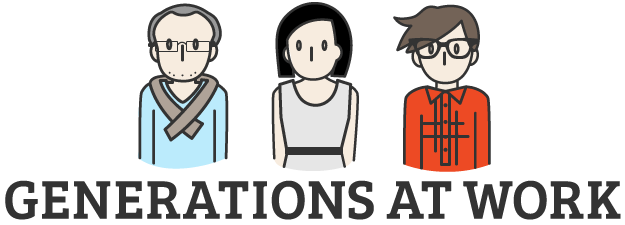
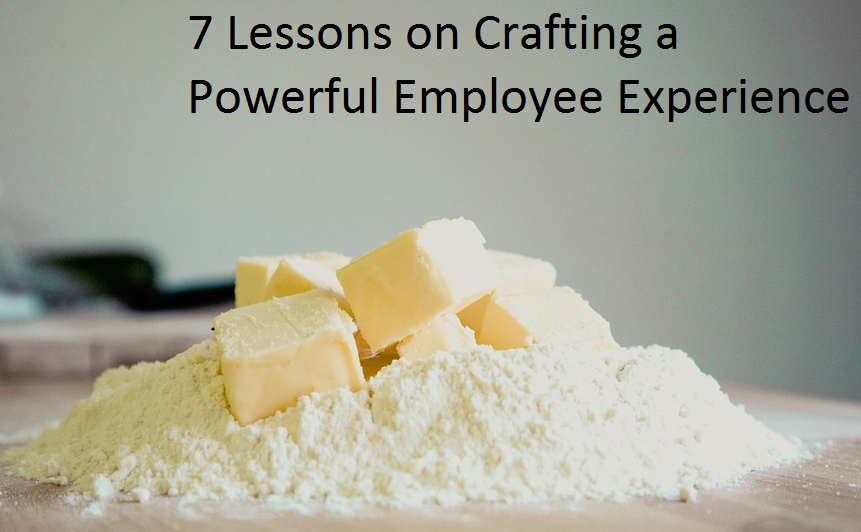

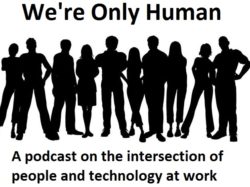 The 2016 HR Technology Conference had a new feature: the
The 2016 HR Technology Conference had a new feature: the 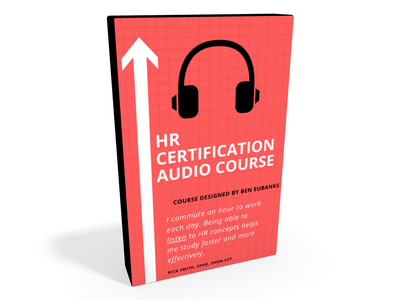 Update: the course is available for the public
Update: the course is available for the public 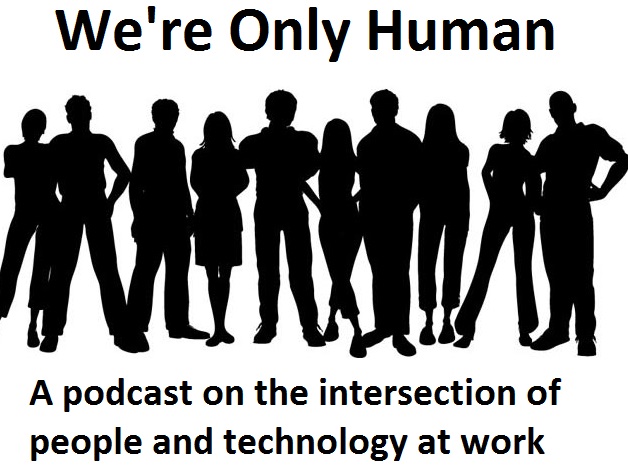 The idea of a “gig” isn’t anything new, but the concept of using gig workers as an alternative source of talent certainly is. More companies are starting to realize that getting a job done doesn’t always have to mean creating a requisition, posting a job, interviewing candidates, and making an offer. In the case of some new applications on the market, companies can bring talent to their front door at the veritable push of a button. Yes, really.
The idea of a “gig” isn’t anything new, but the concept of using gig workers as an alternative source of talent certainly is. More companies are starting to realize that getting a job done doesn’t always have to mean creating a requisition, posting a job, interviewing candidates, and making an offer. In the case of some new applications on the market, companies can bring talent to their front door at the veritable push of a button. Yes, really.